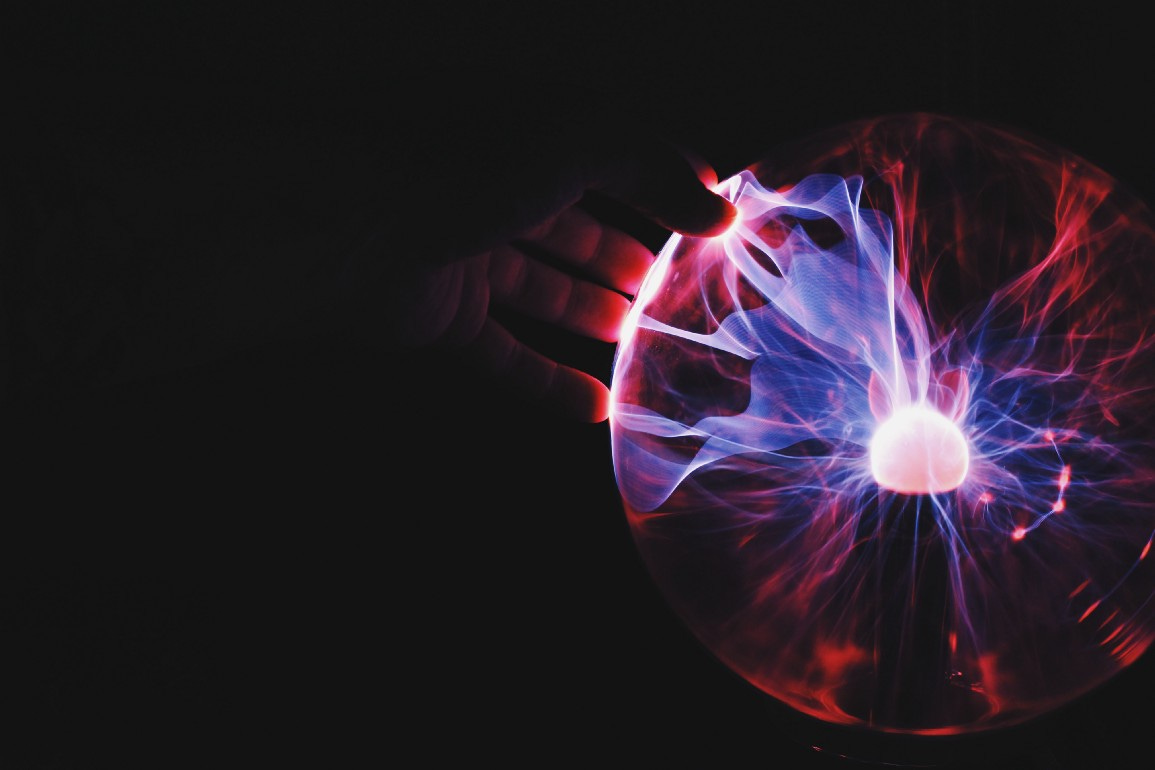Misfolded Proteins In The Brain Could Be A Case For Alzheimer's.
Small protein molecules, practically invisible to the naked eye, could cause so many cognitive issues indeed.
There are so many different types of proteins in the body. In fact, it is estimated that the human body contains 80,000–400,000 different types of proteins, and these proteins are present for different purposes in the body.
Now, the cells in our body can manufacture these proteins via the activity of specific genes within its deoxyribonucleic acid (DNA) identifier. These proteins are peptide polymers that contain multiple amino acids all fused together. “Peptides” refer to shorter chain/simpler amino acid polymers, while “proteins” refer to longer chain/more complex amino acid polymers.
Interestingly, while the production of the protein may not be problematic, it’s the retention of protein function that is key. We don’t like purchasing household appliances that malfunction too quickly - we’d hope that they do have sufficiently long lifespans for us to make full use of their capabilities.
Our blood, for instance, contains haemoglobin proteins that exist to transport oxygen from our lungs to the cells in our body via the blood streams. We want to ensure that our haemoglobin proteins are able to carry oxygen about in our blood properly, of course.
But diabetics with high HbA1c readings have their oxygen transport mechanism impaired — and that’s what happens when excess glucose in the blood reacts with those haemoglobin proteins. These haemoglobin proteins essentially lose their function of transporting oxygen to the cells in the body.
Keep reading with a 7-day free trial
Subscribe to The Biochemistry Of Human Health to keep reading this post and get 7 days of free access to the full post archives.




